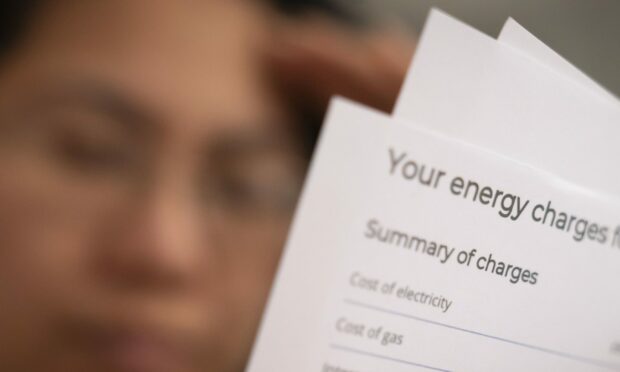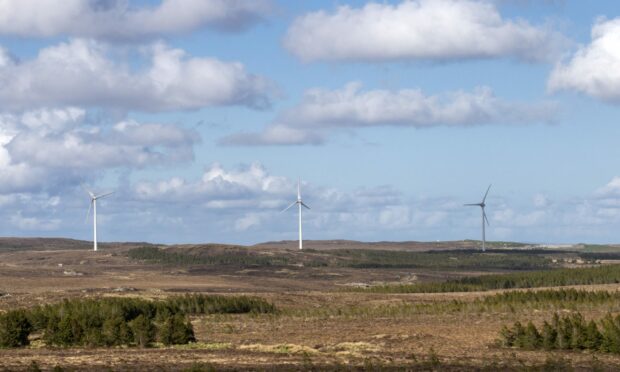The UK Government has admitted that all electricity consumers in Britain may have been paying more than they should have been because of a “distortion” skewing a north of Scotland subsidy scheme.
The problem with the Hydro Benefit Replacement Scheme (HBRS) has emerged amid growing anger at the price of energy and the escalating cost of living.
The initiative involves UK suppliers, and ultimately customers, paying a charge to ease the huge burden on north of Scotland bill-payers, who still pay by far the highest prices despite the extra support.
The north of Scotland region includes the Highlands and Islands, Grampian and Tayside.

National Grid ESO, which administers the scheme, first warned the government in 2019 of a distortion that “prevents the full value of the HBRS being delivered to end consumers”.
And we revealed on Tuesday that the Westminster government had investigated the issue and found that the distortion “does arise” and there was a “likelihood that this results in higher overall consumer costs”.
Now, the government has confirmed to us that the distortion has not only been affecting the north of Scotland but “all GB consumers”.
It is not clear the scale of the impact it has had on domestic bills or the extent to which customers will benefit if the government implements proposals to solve the distortion.
The issue relates to payments, worth about £49 million over three years, made to some suppliers contracted to “embedded” power generators.
HBRS is an ‘Absolute mess’
Angus McCormack, a Western Isles councillor and chairman of the Outer Hebrides Poverty Action Group, described the HBRS as an “absolute mess”.
“The two words that are always spelled out to you are the ‘distribution’ network and the ‘transmission’ network,” he said.
“Now, they are totally out of date, these two terms, and they need to go back to the drawing board and draw up a proposal for charging which is in keeping with present day circumstances and where energy is actually produced,” he said.
“We have to get a system that recognises the cost of producing electricity as compared to the costs of using electricity.
“That system does not exist at the moment at all.”

The HBRS costs average British bill-payers about £1 a year and helps reduce bills in northern Scotland by about an average of £60 a year.
A UK Government spokesman said: “Our Hydro Benefit Replacement Scheme protects consumers in the north of Scotland from high energy prices by providing an annual cross-subsidy of around £90m to reduce electricity distribution charges – saving an average of £60 annually for each household in the region.”
